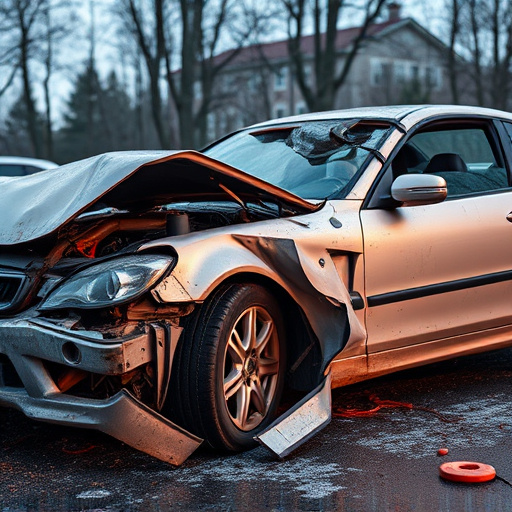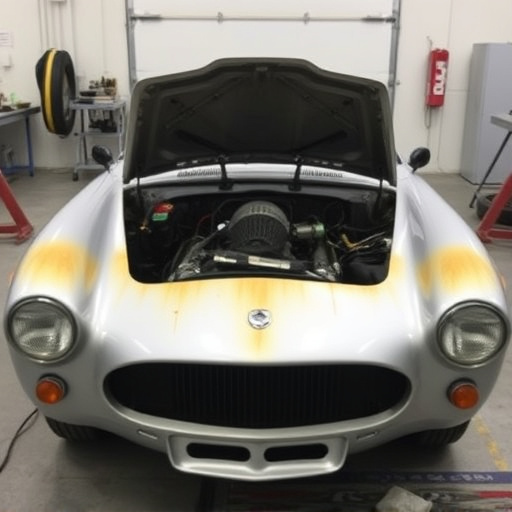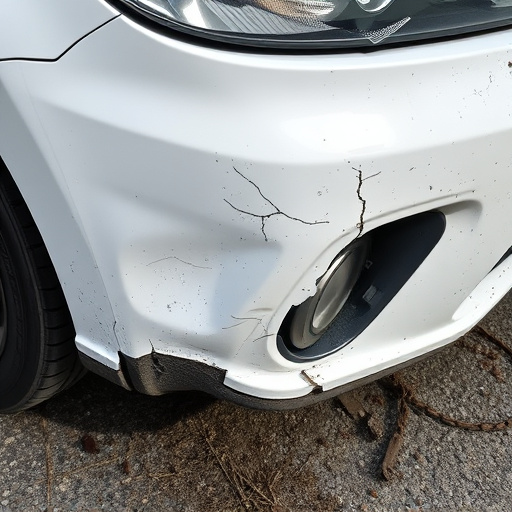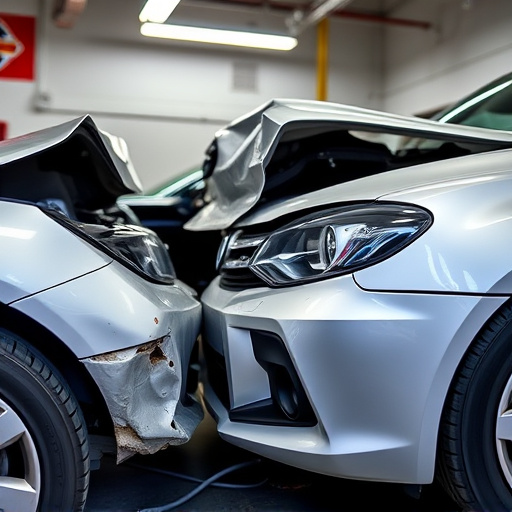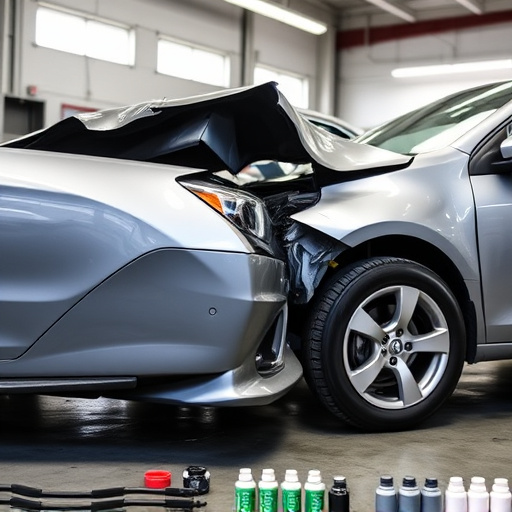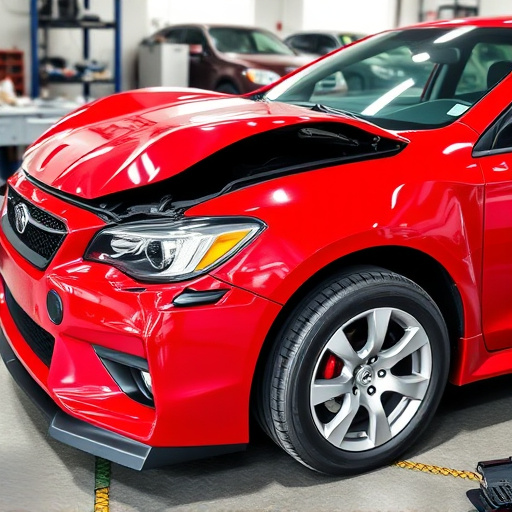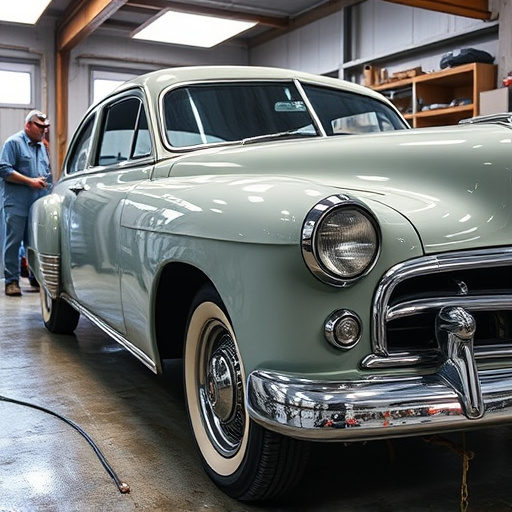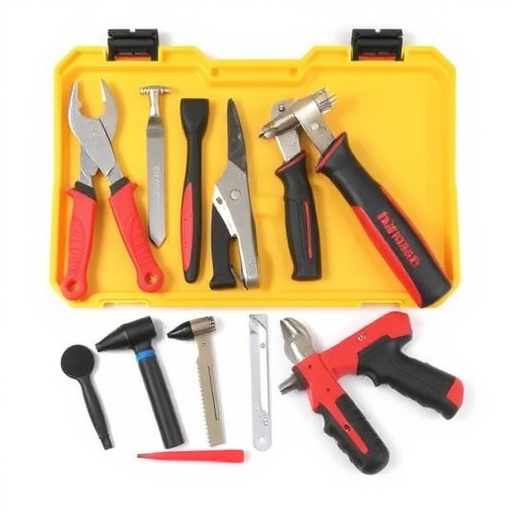Technicians performing steering repair after accidents need comprehensive training due to the critical role of steering systems in vehicle safety and control. They learn to assess various accident scenarios, inspect and repair components like tie rods and ball joints, address misalignments, and ensure structural integrity. Through hands-on training with specialized tools in controlled environments, technicians gain dexterity and precision for complex re-alignments. Strict safety protocols, including proper PPE and hazard identification, are essential to protect technicians and vehicles. Clear communication and protocols minimize risks, fostering a secure work environment for steering repair tasks.
In the aftermath of accidents, proper handling of vehicle steering systems becomes paramount to ensure safety and prevent further damage. This article delves into the crucial training requirements for technicians specializing in steering repair after accidents. We explore essential knowledge, hands-on skills, and post-accident safety protocols, equipping professionals with the tools to navigate this complex landscape. By understanding the intricacies of steering repair, technicians can contribute to a comprehensive vehicle rehabilitation process, emphasizing both safety and effectiveness in addressing accident-related steering issues.
- Understanding Steering Repair After Accidents: Essential Knowledge for Technicians
- Hands-on Training: Practical Skills and Techniques for Safe Repairs
- Post-Accident Safety Protocols: Ensuring Technician Protection and Vehicle Integrity
Understanding Steering Repair After Accidents: Essential Knowledge for Technicians
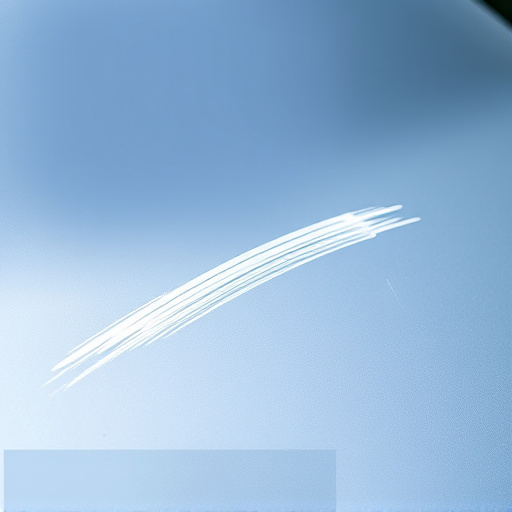
Technicians handling steering repair after accidents require a deep understanding of the complexities involved in such repairs. Steering systems are critical components of a vehicle’s safety and control, making accurate and precise adjustments crucial for optimal performance and driver safety. A technician must possess knowledge about various accident scenarios, from minor fender benders to severe car collisions, as each can cause different types of damage to the steering mechanism.
Accident-related steering repair involves more than just fixing a dent or two in the vehicle’s bodywork (car collision repair). It necessitates an assessment of the entire steering system, including components like tie rods, ball joints, and power steering pumps. Technicians should be skilled in identifying and mitigating potential issues related to misalignment, damage to critical parts, or even compromised structural integrity (dent removal) caused by the accident. This specialized knowledge ensures that vehicles are restored to their pre-accident condition, maintaining safety standards and driver confidence.
Hands-on Training: Practical Skills and Techniques for Safe Repairs
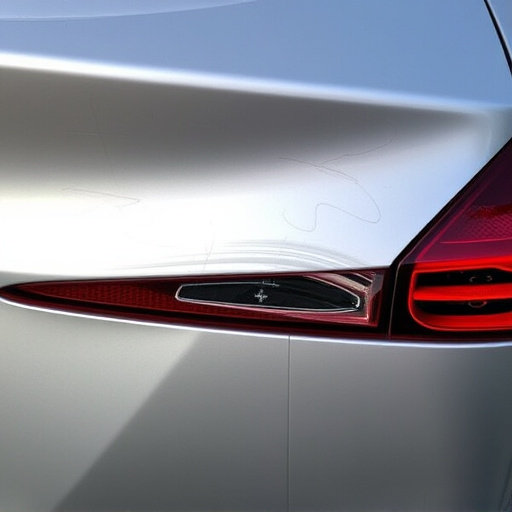
Technicians performing steering repair after an accident require extensive hands-on training to master the practical skills and techniques essential for safe and effective repairs. This training should encompass a wide range of scenarios, from minor adjustments to complex re-alignments, ensuring technicians are prepared to handle any post-accident vehicle condition. Practical sessions in controlled environments allow trainees to gain confidence while learning to utilize specialized tools and equipment designed for steering systems.
Hands-on training is crucial for developing dexterity and precision, two qualities vital when dealing with intricate components like power steering systems and their sensitive mechanisms. By participating in mock repair scenarios resembling real-world accident situations, technicians can hone their abilities, ensuring they can accurately assess damage, disassemble parts as needed, and reassemble them with the utmost care. This practical approach bridges theory and application, preparing technicians for the challenges of auto body shops, where quick thinking and skilled execution are often demanded in high-pressure situations involving steering repair accidents.
Post-Accident Safety Protocols: Ensuring Technician Protection and Vehicle Integrity

After a steering repair accident, adhering to stringent post-accident safety protocols is paramount. Technicians handling such repairs must be equipped with comprehensive training on protecting themselves and preserving vehicle integrity. This includes mastering personal protective equipment (PPE), understanding potential hazards specific to steering systems, and knowing when to refer complex issues to specialists. By prioritizing these measures, auto body shops can ensure their technicians are prepared to safely navigate challenging repairs.
Moreover, given the intricate nature of modern vehicles, technicians should be adept at distinguishing between tasks suitable for them and those requiring the expertise of a qualified painter or specialist in car dent repair. Effective communication and clear protocols regarding vehicle limitations foster a safe work environment, minimizing risks associated with steering repair accidents. This approach not only protects technicians but also ensures the longevity and safety of the vehicle’s structural integrity.
After accidents, proper steering repair after accidents is crucial for both vehicle safety and technician well-being. Through a combination of theoretical understanding, practical hands-on training, and adherence to robust safety protocols, technicians can ensure effective repairs while mitigating risks. This comprehensive approach not only guarantees the integrity of vehicles but also empowers technicians with the skills needed to navigate complex repair scenarios safely.
